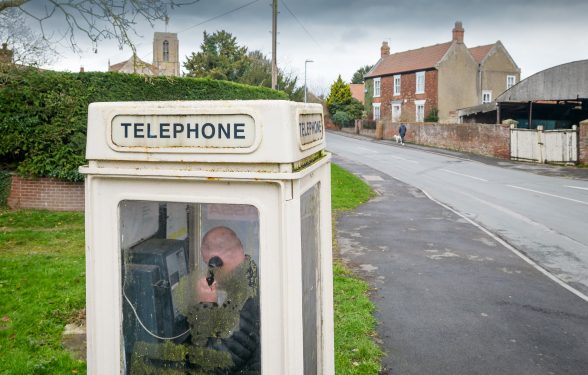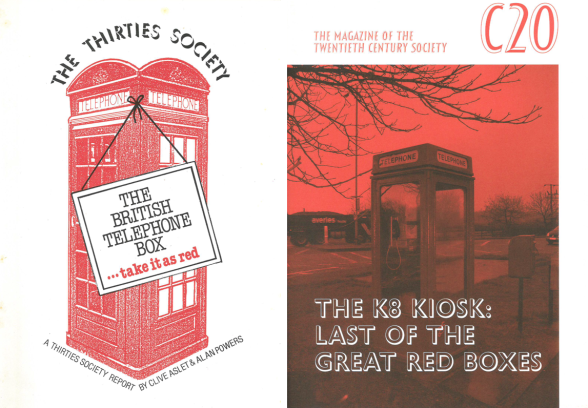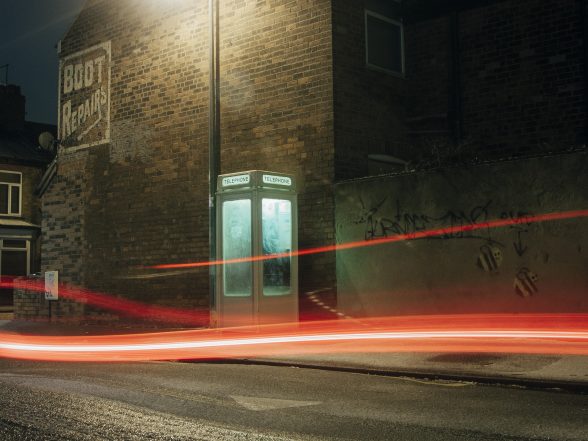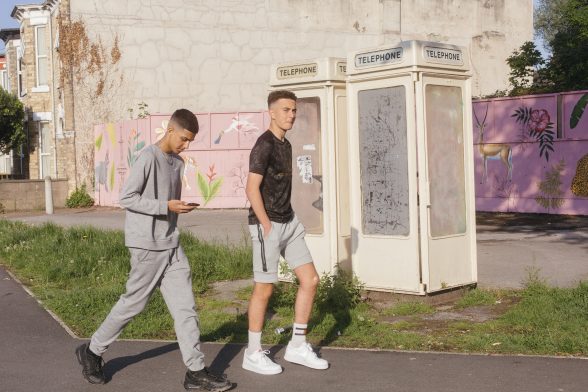This website uses cookies
This website uses cookies to enable it to function properly and to analyse how the website is used. Please click 'Close' to accept and continue using the website.



Image: Jamie King
Nine rare K8 phone boxes in and around Hull have been listed at Grade II by the DCMS following a long-running campaign by the Twentieth Century Society.
The K8 was designed in 1965-66 by architect Bruce Martin who was commissioned by the General Post Office, owners of the public telephone network. In contrast to the intricate glass panelling of Giles Gilbert Scott’s iconic K2 and K6 boxes, it is notable for its modern and minimalist appearance, which made it simpler to repair and maintain.
The K8 kiosk is the last generation of the classic red public telephone box. Between 1968 and 1983 11,000 K8s were installed across the UK but they are extremely rare as most were removed by British Telecom following its privatisation in 1984. They were replaced by the sleek silver KX100 kiosk, which in turn were made virtually obsolete by the proliferation of mobile phone ownership.
Kingston Communications
Many of the surviving K8s identified are located in and around Hull because they were not the property of British Telecom. Hull is the only place in England where the local council actively ran the public telephone network, having been granted a licence to operate from 1902 to 2007. Today, the network has continued to be run by an independent company, Kingston Communications. As a mark of the independence of the network, the K8s (the K1 and all K6s) in Hull are painted cream, rather than the red used elsewhere in the country.

Image: Historic England Archive
Take it as Red
C20’s landmark ‘Take it as Red’ campaign was launched in 1985, in response to the post-privatisation scrapping of thousands of Sir Giles Gilbert Scott’s classic K2 and K6 phoneboxes. In 2007, the campaign was renewed with a call to save the Bruce Martin designed K8, ‘The Last of the Great Red Boxes’. In total more than 3,000 phoneboxes across the country have been listed as a direct result of the campaign. Countless kiosks have also been adopted by their local communities and found a new role as book exchanges, micro-galleries, coffee kiosks, workshops and food banks, once again fulfilling an central role in their localities and demonstrating the importance and longevity of good design.
Adopt a Kiosk
For just £1, BT’s ‘Adopt a Kiosk’ scheme enables communities to become custodians of phoneboxes and give them a new lease of life. It is open to all recognised local authorities (e.g. District or Borough Council), Parish, Community or Town Councils (or equivalent) and registered charities.
For more information, click here.

1,000 up
These latest listings now take the total number of post-war listed buildings and structures in England to over 1,000 – a significant milestone and a clear sign that our contemporary heritage is beginning to receive greater representation on the national register. Currently, only around 3% of all listed buildings in England date from the twentieth century, fewer than any other historical period and a situation the Society has been campaigning to redress for many decades.
C20 Director Catherine Croft said:
“The K8 is really the last in the line of the classic telephone boxes and their plight has long been a cause for C20 Society, so we’re delighted to see another brace of boxes recognised with national listing. They’re the perfect example of how good design – no matter how small – can help enrich our highstreets and communities.”

Image: Jamie King
This most recent batch of K8 listings in England, is matched by other examples that have recently come to light and been listed in Scotland, Wales and on the Isle of Man – thanks primarily to the extensive research and resourcefulness of one C20 member, who wishes to remain anonymous.
All the listed kiosks across the UK are summarised below, but many more doubtless remain undocumented. Have you spotted any K8’s in your area? Email any tip-offs to: caseworker@c20society.org.uk
Listed examples:

Image: Jamie King

Become a C20 member today and help save our modern design heritage.